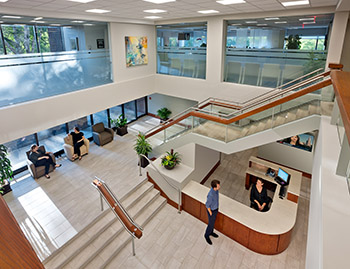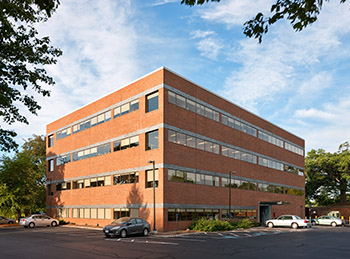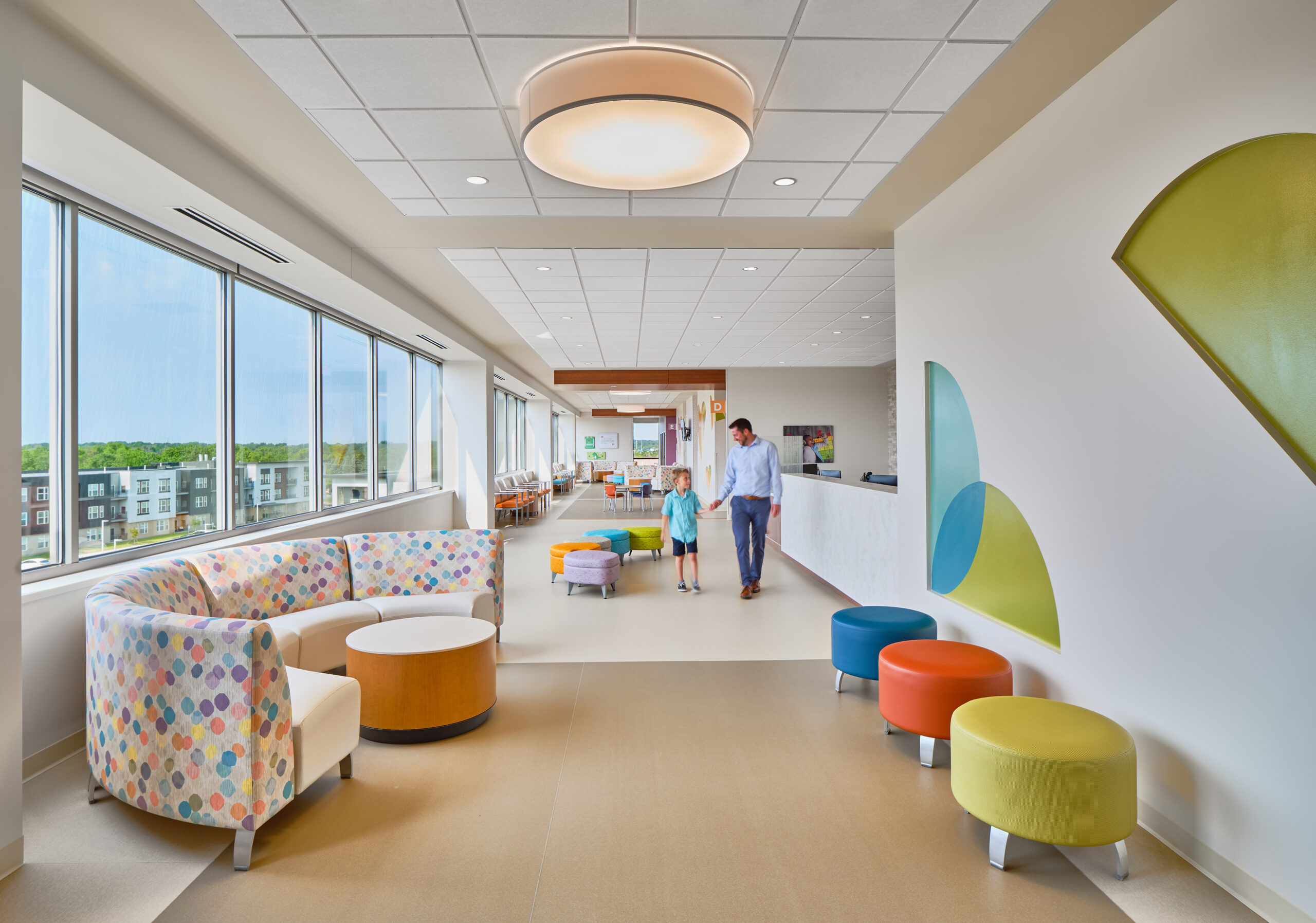 Suburban strip malls have seen urgent care clinics emerge where retail stores and restaurants once stood. And in downtown office towers, it’s not uncommon these days to find scrubs and clogs in with the suits and ties.
Suburban strip malls have seen urgent care clinics emerge where retail stores and restaurants once stood. And in downtown office towers, it’s not uncommon these days to find scrubs and clogs in with the suits and ties.
Increasingly, commercial spaces and offices are being renovated to serve as medical office buildings, outpatient clinics, wellness centers and other health care facilities, be it by construction companies in Bay area or elsewhere. It’s a task that may leave developers reaching for the aspirin. But leave it to the architects and engineers to come up with the solutions to the challenges lurking amid the structure while creating opportunities for more cost-effective operations and more efficient care.
Early Conversion Concerns
Medical buildings, even seemingly basic ones, can often use significantly more power, as well as heating, ventilation and cooling (HVAC) than a typical office building would require. The strength of the existing main electrical service and the distribution network should be carefully studied first for capacity.
HVAC systems may provide adequate supply, but may not have the ducted return air system required in medical spaces. Emergency or life safety systems may also need an upgrade based on the degree or frequency to which patients become non-ambulatory – or unable to move under their own power – while receiving treatment. An emergency light system will also have to be installed in case the building loses power and regularly inspected by using a company that specializes in Emergency Light Testing.
Margulies Perruzzi Architects (MPA), based in Boston, recently renovated an 80,000-square-foot office building in Woburn, Mass., to accommodate doctors from Winchester Hospital outpatient departments and affiliated physician suites. Part of the retrofit included new mechanical systems specifically used in medical spaces, ensuring a healthy environment for patients and staff starts with air handling systems that meet ASHRAE standards for fresh air ventilation, filtration and exhaust.
From Air Flow to Traffic Flow
No one wants to sit in a waiting room for hours or make multiple stops to complete things like diagnostic tests or blood work. Add in the Affordable Care Act with the soon-to-be surge of newly insured patients and the desire for efficiency and workflow fluidity in a medical office building is even greater these days among designers, providers and patients. From acute care to ambulatory clinics, health care architects at MPA and other like-minded firms focus on process refinement within healing environments. But when you’re converting from office to medical office, expect to tear down some walls – literally and figuratively.
 The typical walled-off suites of commercial buildings will often need to be opened up during medical office conversions. Some of the newest, out-of-the-ground medical office construction features open, collegial spaces, as many individual providers now seek opportunities to collaborate with other practices or specialists. Renovations to existing buildings may be able to provide similar flexibility in layout. The new Winchester Hospital Outpatient Center features a lobby concierge station to direct visitors, a central registration area and a shared outpatient lab.
The typical walled-off suites of commercial buildings will often need to be opened up during medical office conversions. Some of the newest, out-of-the-ground medical office construction features open, collegial spaces, as many individual providers now seek opportunities to collaborate with other practices or specialists. Renovations to existing buildings may be able to provide similar flexibility in layout. The new Winchester Hospital Outpatient Center features a lobby concierge station to direct visitors, a central registration area and a shared outpatient lab.
Within the actual doctors offices, employing the lean design process was also helpful to outline complex patient flows and develop a design minimizing travel and patient wait times. MPA utilized the lean design methodology of DMADV (Define, Measure, Analyze, Design and Verify) to understand Winchester Hospital’s former processes and develop future solutions. Using existing treatment rooms as mock-up spaces to test design solutions also incorporated evidence-based design strategies. This process helped the clinical staff envision the finished project in lieu of viewing plans.
Structural Sticking Points
Even the most raucous of office parties can’t shake the ceilings of a building the way an MRI machine or ultrasound device can. The presence of any form of medical imaging technology will have ramifications on the existing building structure. Some imaging equipment generates vibrations that must be isolated from other parts of the building, while other such equipment may be especially sensitive to vibration and therefore require special isolation design.
 When moving from office to medical office, expect that you may also need to cut a hole in the side of your building just to move your equipment in by crane. The basic weight of some equipment items may be much greater than a typical office building was designed to support, triggering reinforcement of the structural frame. At the Winchester Hospital Outpatient Center, MPA was forced to redesign some floors to accommodate the weight of breast care imaging instruments.
When moving from office to medical office, expect that you may also need to cut a hole in the side of your building just to move your equipment in by crane. The basic weight of some equipment items may be much greater than a typical office building was designed to support, triggering reinforcement of the structural frame. At the Winchester Hospital Outpatient Center, MPA was forced to redesign some floors to accommodate the weight of breast care imaging instruments.
Entryways & Pathways
The entrances so common to office buildings often need to be replaced by automatic sliding doors to ease access for patients in wheelchairs or hospital beds. These can be fitted and maintained/repaired by a company like Texas Access Controls (texasaccesscontrols.com/door-service/commercial-door-repair/). A multi-floor building may require a stretcher-sized elevator cab. Consideration should also be given to ambulance access to the main entrance. Full-scale renovations will likely trigger an upgrade to current accessibility codes, but even here, additional investigation is warranted. Stretcher access and the use of wheelchairs, walkers and other support mechanisms will require the installation of new Automatic Sliding Doors around the building, and all have to be factored into the route sof travel through the building. Other finishes like way-finding systems and emergency lighting are smaller but still important pathway concerns.
As architects and providers continue to navigate the intricacies of office to medical office conversion, expect both sides to take great care in discussions about best practices with the patient always top of mind.
Bradley Cardoso, AIA, is a senior health care architect at Margulies Perruzzi Architects, which services the health care, corporate, professional services, research and development, and real estate communities. For more information, please visit www.mp-architects.com.





